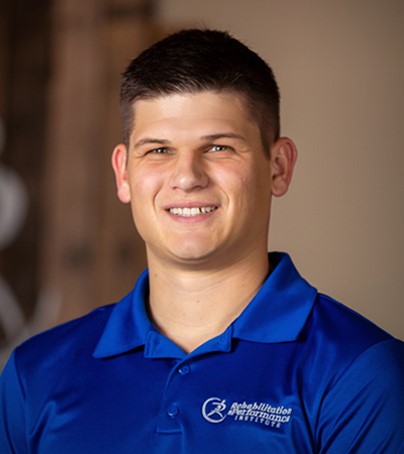“Adventure racing? What’s that?” This is the basic response I hear almost every time I mention adventure racing. For such a fun, competitive, and unique activity, far too few people know about this great sport. The quick response I usually give is “it’s like a big scavenger hunt for adults”. If this has your attention, stick with me as I discuss adventure racing in further detail in this 3 part series: first, I’ll talk about what adventure racing is. Second, I’ll discuss what the training looks like. Finally, I’ll reflect on the race, which for me is June 8th this year, and discuss ways in which my team could have competed better.

So, back to the original question: what the heck is adventure racing? Like I said, it’s like a big scavenger hunt for adults. Races are always multidisciplinary – usually a combination of hiking/trekking, mountain biking, and canoeing. You may also find rope sections and swimming sprinkled in throughout the race. Races can last a few hours or several days and can cover 10-100 miles or more! Intrigued yet? The shorter races are great ways to get your feet wet (sometimes literally). If it isn’t intense enough already to think about hiking, canoeing, and biking almost 100 miles in a 24-hour race (P.S. no sleeping!!), this is all done with a compass and a topographical map. No GPS, no smart phones, no Google maps! Just a list of coordinates and your brain. The race directors will provide the coordinates that your team plots on a map. These are checkpoints, and the main goal of an adventure race is to get as many checkpoints as you can before returning to the finish line before time runs out.
Adventure racing is a sport where just completing the race is often considered a victory (definitely was for my team when we first started). There is an emphasis on teamwork as well, usually teams of 2-4, although some crazy people are good enough to take on solo missions. One section, you could be shredding through a tight single track trail on your bike; next orienteering and hiking through a dense forest or rocky mountain side; next cascading down rapids in a canoe; to top it off, you rappel off a 100 foot rock face.

My team includes three of my best friends from high school and college. We all get along well and keep the mood light and fun throughout the race. When you’re 22 hours into a race and trying to convince your brain it can still read a map, the last thing you need is teammates butting heads or aggravating each other. When you get down or discouraged, there needs to be someone there to pick you back up, and that can be so valuable.

My team has competed in mostly 24-hour races (a few 8 and 30 hours as well, but 24 is our jam). It is the perfect length for us at this point in our skill level. Just long enough to make it a huge challenge but anything past that 24-hour mark has been tough to overcome so far. With this length, you would usually cover close to 90 miles total, give or take 10 miles. I recommend starting off with a 4 or 8-hour beginner race…our team started off with a 24-hour race, and it was a terrible (well that’s a strong word…a “not great”) idea. We called it quits at the 20-hour mark physically and mentally exhausted.

However, this year we are competing in a 12-hour race in beautiful New Harmony State Park (seriously, this park is so underrated. I had no idea how much I missed out on growing up camping in this park until our first race here). You might think that because it is half the time it should be easier. However, the training and approach to the race will have to be adjusted significantly. In a 24-hour race you can be very competitive by just “staying moving”. We say it a lot throughout the race, “let’s just keep moving boys”. It isn’t as fast paced; we walk briskly down trails and take time to sight-see (great photo-ops during these races). But, in a 12-hour adventure race, it will be considered a “sprint race”. You will need to pump the pedals faster and at least jog, if not run, down trails and roads. A 12 and 24-hour race have similar physical demands, but the mental challenge is much more difficult in the 24-hour races. Usually around the 16-18-hour mark, my team will start making impractical navigation errors or saying something unreasonable that sounded right in our heads.

So now you’re basically an expert on adventure racing! Well, I guess now you know a little more about what the sport has to offer. I have really enjoyed my experiences and I think there are a lot of people out there that would like it too! It is very challenging but achievable. It’s a team sport that offers many disciplines to keep it interesting. Stay tuned for part 2 where I’ll discuss the training that goes into racing! If you are interested in more information or would like to find races available nationwide, visit http://www.usara.com/default.aspx. There are several local races in the tristate area, and the race I compete in every year (No Sleep Adventures), has a website you can visit too: http://www.nosleepadventures.com/home.html.

